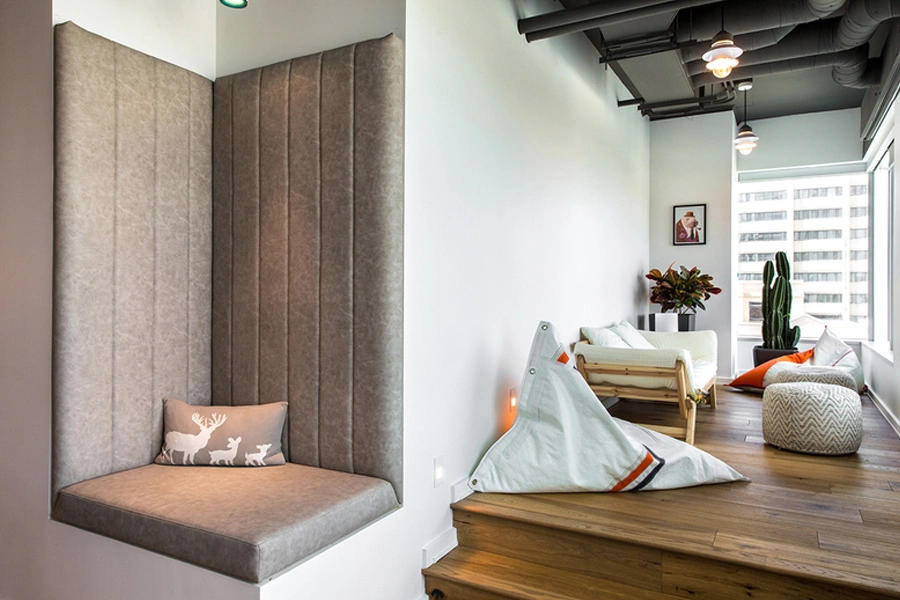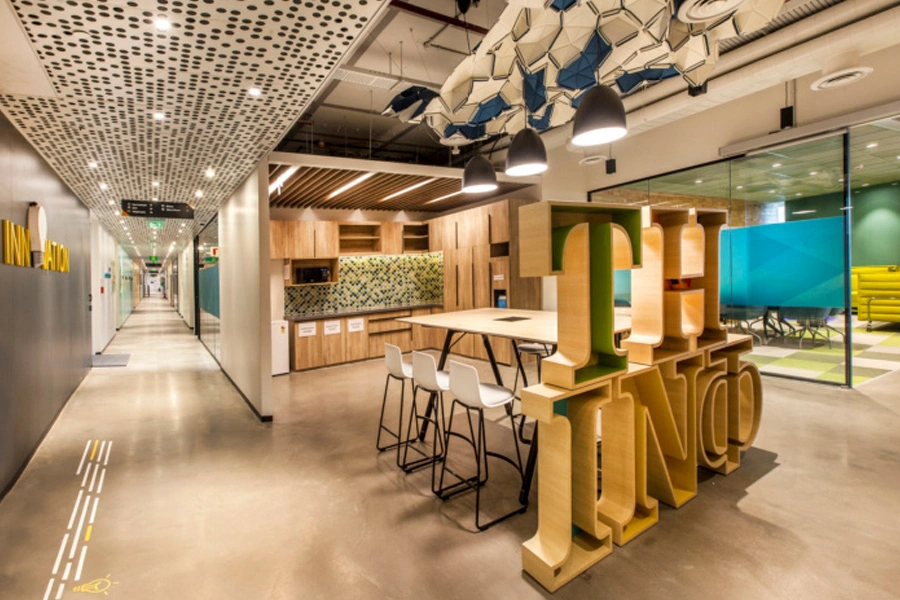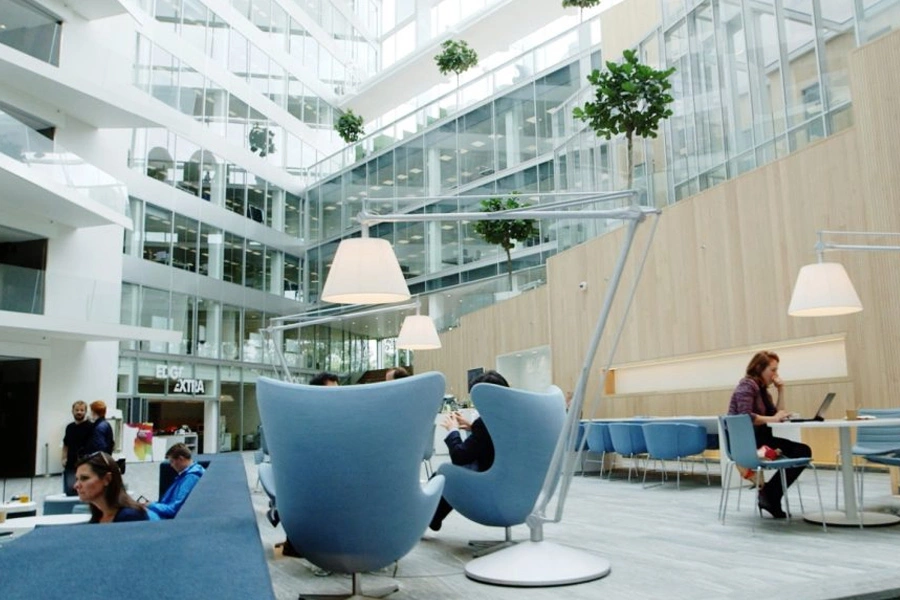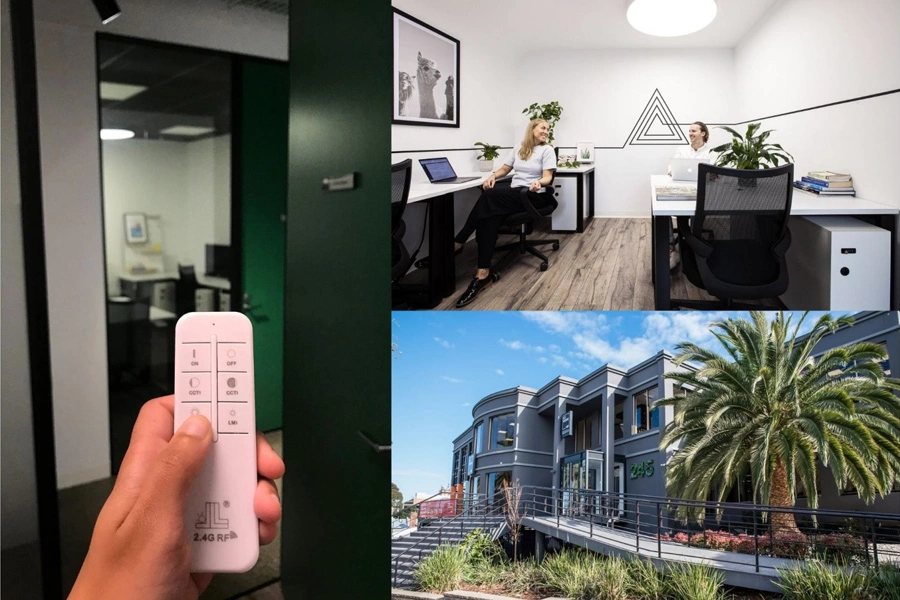When we hear the words, ‘diversity and inclusion’, in the workplace, we often think about HR protocol or company policy. But today, this extends to the world of design.
Office design can be an instrumental factor in fostering and strengthening an inclusive and welcoming workplace for all.
The traditional office structure has significantly changed to a now, more diverse, vibrant and dynamic space that observes people of varying ages, nationalities, abilities and character spectrums working under one roof.
The question then arises – how do we effectively accommodate a wide range of psychical, mental and emotional needs so that employees can work to the best of their abilities and also feel comfortable at their place of work?
The answer lies in inclusive design.
So, what is inclusive design?
Inclusive design in broad terms is a concept that embraces the fact that everyone is different.
With that being said, inclusive design within an office space, involves the creation of a work environment that essentially caters to a variety of people and their working styles, thereby putting the user at the heart of the design feature. The main aim of inclusive design is to ultimately create an environment that removes limiting barriers to encourage collaboration, participation and productivity across a diverse workforce.
Inclusive design acknowledges that there are different ways of completing a task and using a space. A person who is neurodiverse for instance, will prefer to work in a quieter, more secluded space. People with disabilities (PwD) might require height adjustable workstations such as sit-stand desks. Likewise, older employees may work better with bright task light versus an ambient lighting option.
Inclusive design looks at all these aspects and possibilities, and then creates features in the office that are inherently accessible and usable by a broad range of people, without any extra hassle or the need to adapt to them.
In this way, everyone can reach areas needed and positively make use of the office resources in their own natural style.
Some examples of inclusive design include:
- Door handles that are levers instead of knobs that require firm “grip and twist” to enable easy access
- Easy to read, big prints and control labels
- Flat panel light switches vs. toggle switches that require dexterity
- The strategic installation of ramps for wheelchair access
Benefits of inclusive design
Employees in the workplace are observed to have certain special needs, for instance there might be someone who requires wheelchair assistance or maybe someone who has a learning condition.
So, with companies and co-working spaces integrating inclusive design elements within workplace strategy, it opens doors for a wider recruitment pool and positively shows employees that the company is truly accommodating and empathetic.
Inclusive design also allows everyone to access the workplace effectively without putting undue focus on people with special needs as the last thing people want, is to draw attention to their problem. Hence, creating an office environment that works well for the broadest possible range of workers enables all employees to be productive, happy and comfortable.
While most workplaces adopt the more generic designs, there are some unique examples that stand out.
Northern Trust, India
The offices at Northern Trust use textured strips that help physically challenged people easily navigate the space. The office also features braille signage and braille inspired artwork placed at strategic locations that function as way finding devices.
Deloitte, Netherlands
At Deloitte, the office is designed to have individual light and temperature controls to help make workstations more comfortable for those sensitive to brightness, heat or cold.
Shopify, Canada
Through their research insights, Shopify identified that they had a large number of introverts. The company then created spaces for information sharing and networking for extroverts and then another space for quiet introspection and deep thinking for introverts.

At CoWork Me, we pride ourselves for being an inclusive organisation and believe everyone should embrace their individuality and authenticity. We are always looking for ways to improve and enhance usability within the office space.
Here are a few examples of key inclusive design elements that CoWork Me has integrated into the work space.
1. Wheelchair ramps for easy access into the building
2. Light and temperature controlled office spaces
3. Availability of both private and communal work spaces to suit user preferences
One thing is for sure; inclusive design is the future of the workplace.
Companies naturally want to succeed, and in order to do that, they must retain and maintain their diverse workforce and cater to everyone’s needs and ensure their wellbeing. If done positively, employees are bound to feel like they belong and can thrive at their place of work. In this way, the office is reinvented to be more productive, efficient and generally, an awesome place to work.



